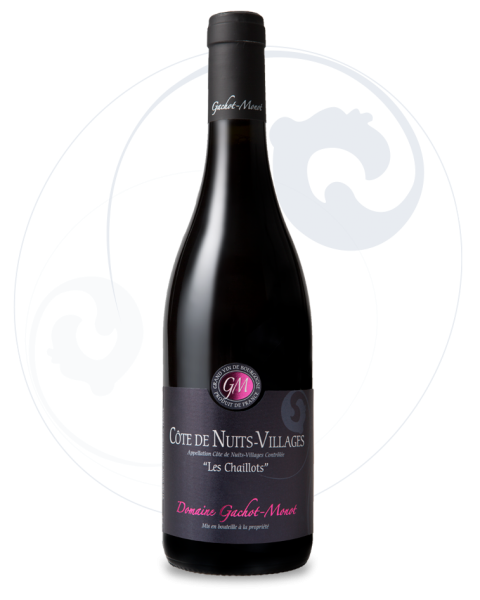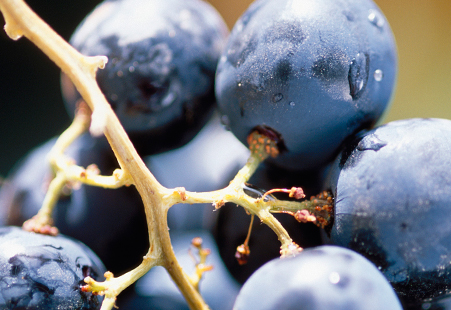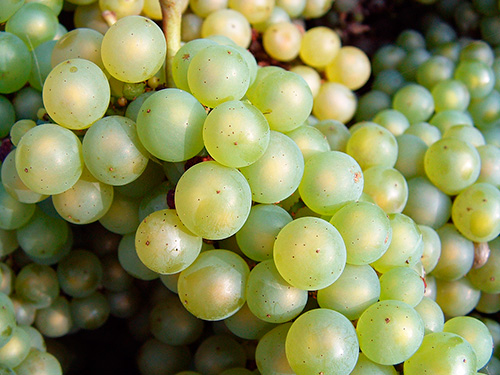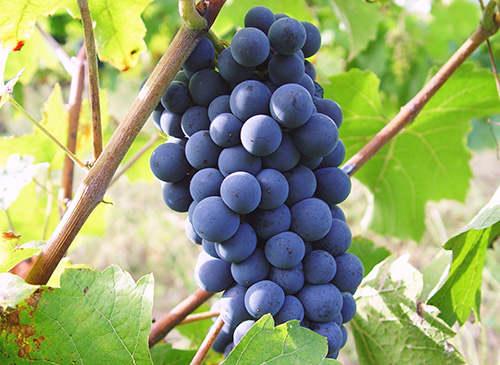OUR GREAT WINES OF BURGUNDY
Our wines come from Regional, Village and Premier Cru classified plots of the Cote de Nuits and also recently from Côte de Beaune.
They are made from the four grape varietals found in Burgundy: Pinot Noir, Chardonnay, Aligote and Gamay. It’s a geographic and geological situation particularly suited to mono cepages (single grape) and with the exception of our Burgundy “Coteaux Bourguignon” – all of our wines come from one grape varietal.
Our Climats are parcels of soil which form part of the mosaic of Terroirs.
Each one is precisely delimited within the Appellations d’Origine Protege. Some carry an historic place name which reflects a topographic or historic particularity. Our wines are the product of complex alliances between nature, technology, history, culture and man. Each vintage has its own history and its own characteristics thus creating the richness and complexity of the wines from Burgundy.


Consult the list of our
great red wines of Burgundy.

Consult the list of our
great white wines of Burgundy.
Four grapes
Burgundy wines are mainly produced from one single variety of grapes and the Burgundian winegrowers are thus among the rare not to assemble grapes coming from different vines.

The Pinot Noir, very ancient vine, is considered as THE Burgundian vine since the Middle Age. Very sensible to variations in the soil, it produces either very dense and full-bodied wines or, on the contrary, very elegant and delicate wines depending on where it grows. The plant produces compact grapes of a purplish black whose small tight berries contain colourless sweet juice. To get the beautiful colour, the berries need to macerate and ferment in tanks, which extracts the colour out of the skins.

For several centuries the Chardonnay has also been a Burgundian vine but has now become common all over the world due to its capacity to adapt. It is renowned for the great white wines of the Côte de Beaune, Côte Chalonnaise, Maconnaise and Chablis. It produces pretty golden grapes, as small as the Pinot Noir grape, but longer and less tight. The berries are small, but with a deliciously sweet, rich white juice. The Chardonnay is an early variety which makes it quite sensible to frost.

Aligoté is a very old plant in Burgundy. It’s quite a vigorous white grape with berries which are larger and more numerous than those of Chardonnay and it therefore produces a superior volume. Recently, Bourgogne Aligoté experiences a revival in notoriety among winegrowers. Indeed, Aligoté is a great vine, easy to grow, and which can produce very interesting wines when yields are kept low. Aligoté is also very appreciated for its freshness by the consumers.

Gamay borrowed its name from a hamlet of Saint-Aubin, near Puligny Montrachet. It is a plant to which the red wines of the Maconnais and Beaujolais regions owe their reputation. It was introduced into the Côte d’Or after the Phylloxera crisis. There only remains a small part of the vineyards still planted in Gamay. The wine from the Gamay grape makes up the larger part of the composition of Bourgogne Passetoutgrain, Coteaux Bourguignons and Crémant de Bourgogne.


